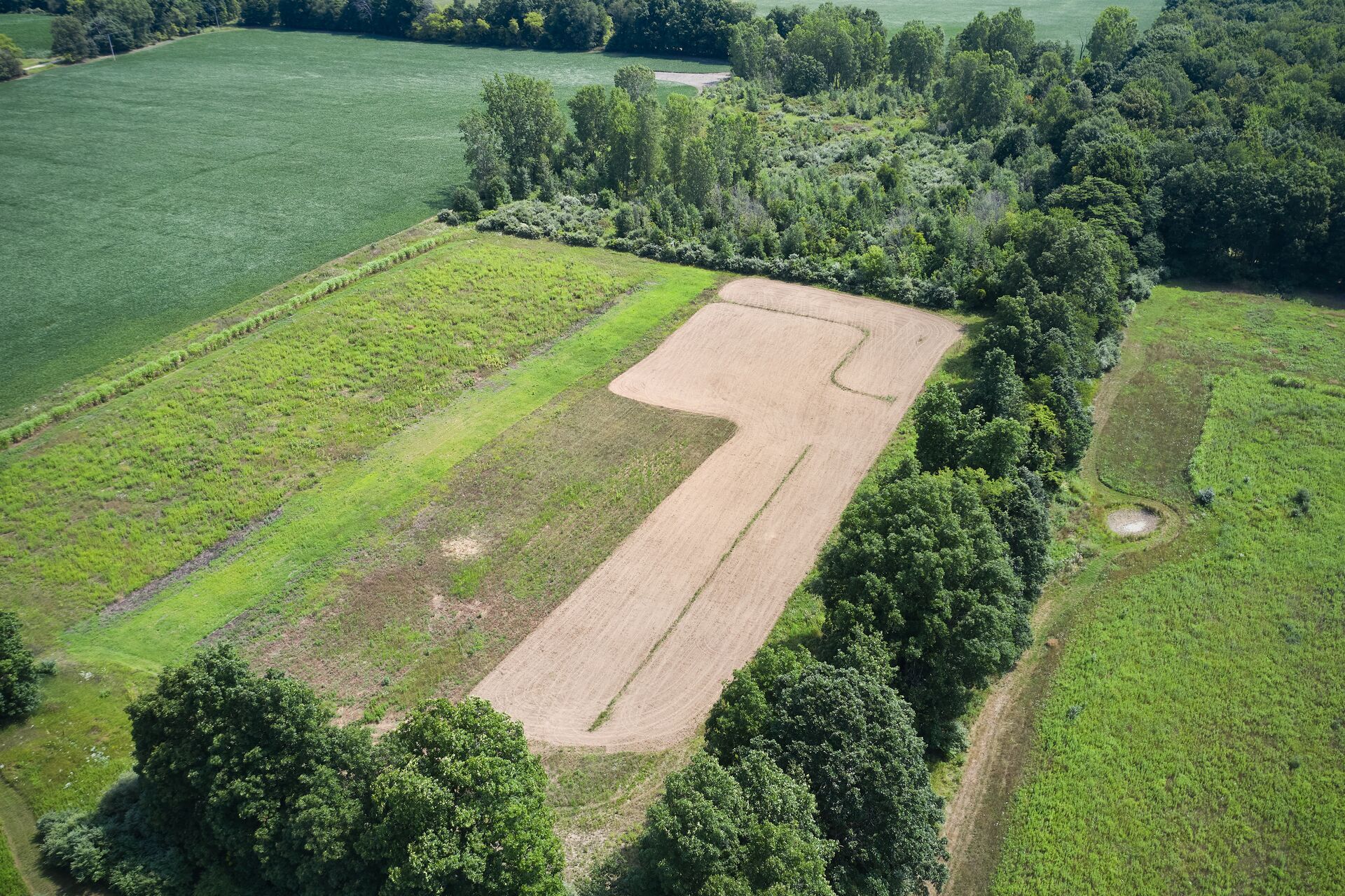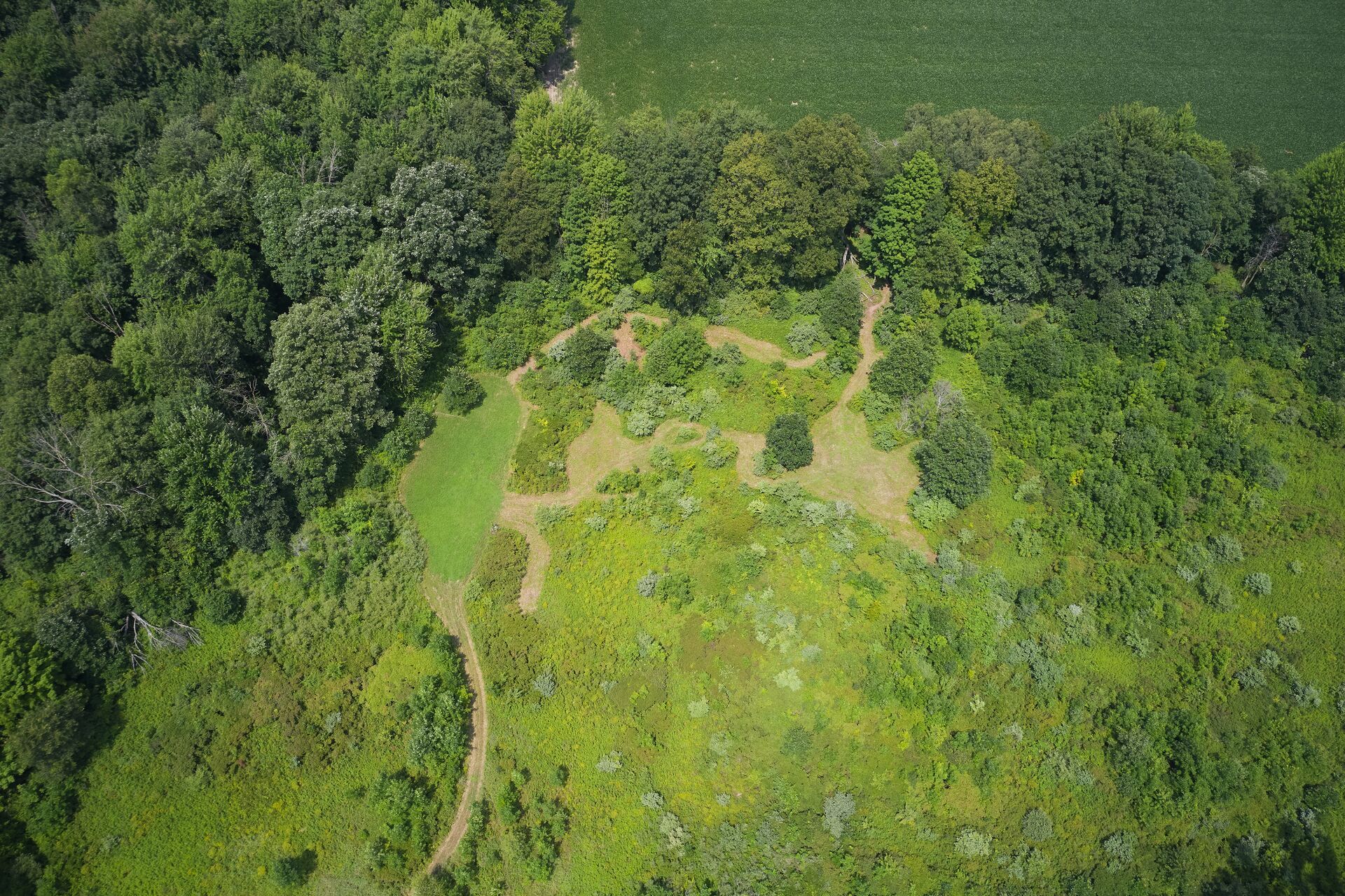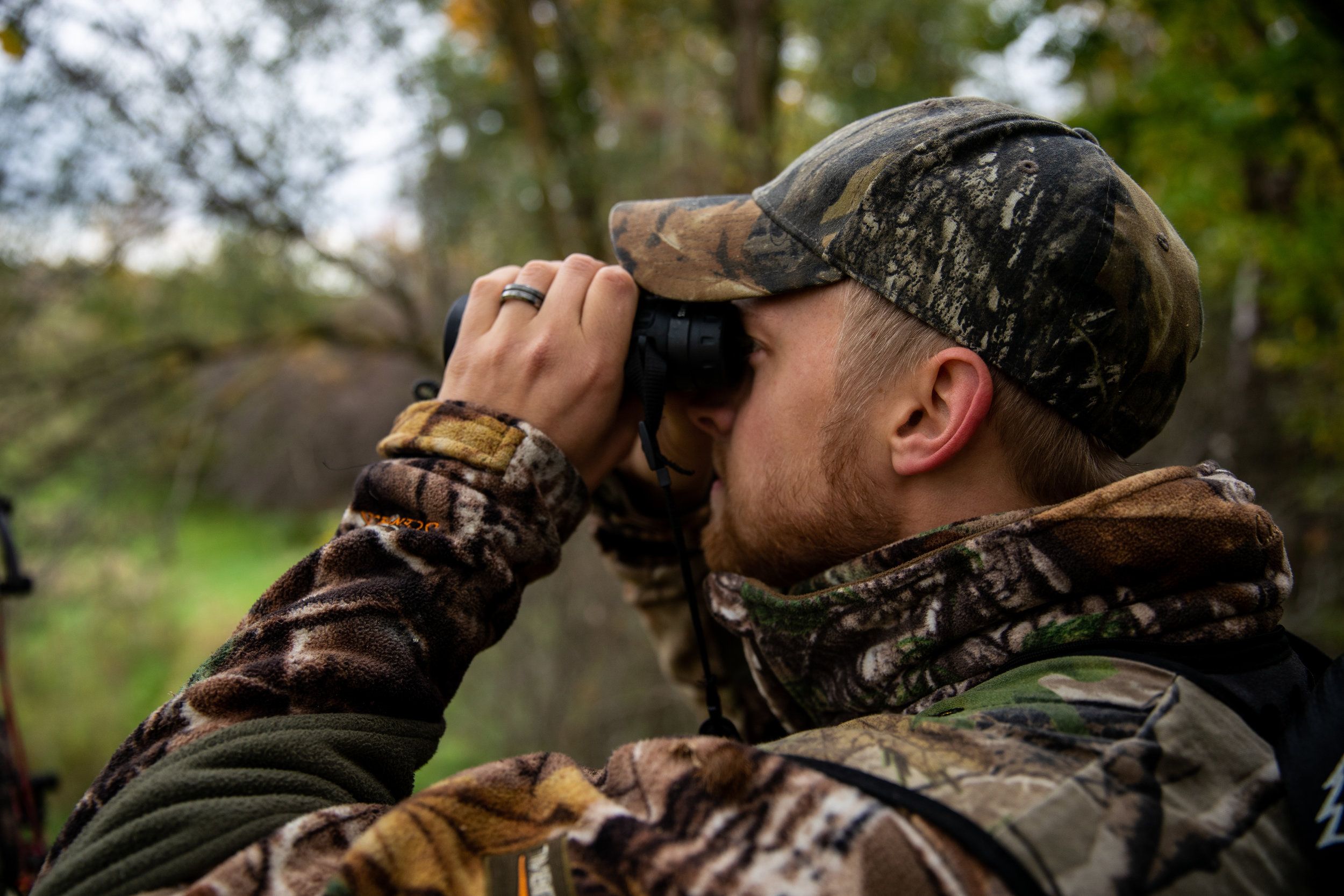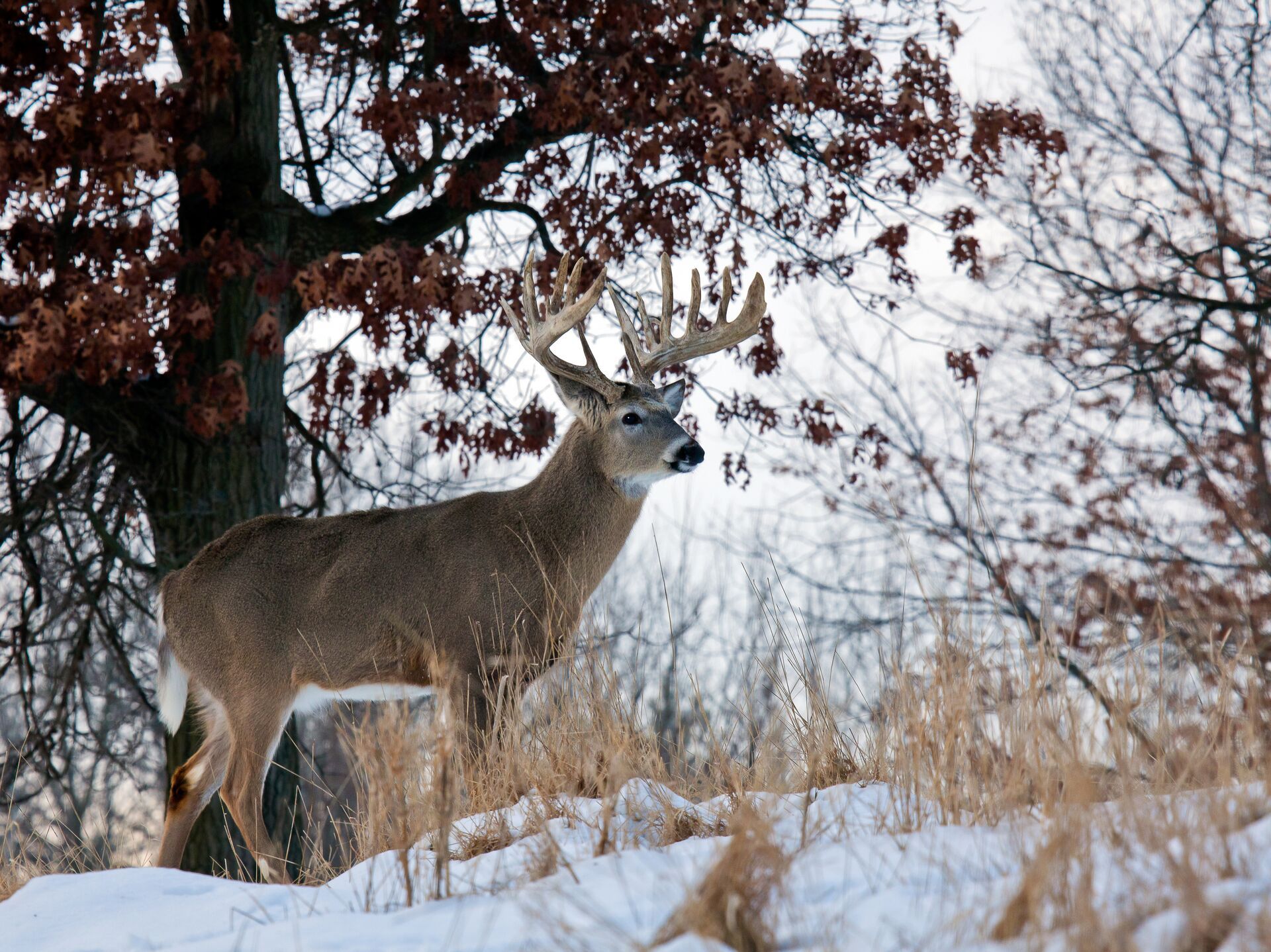Field Guide / Hunting Tips
7 Strategies For Hunting Whitetail In The Winter
Winter can be difficult and sometimes even frustrating for hunters. Deer movement begins to change drastically, conditions start to seem unbearable, and suddenly, that big buck on your trail camera is nowhere to be found.
Previous in Hunting Tips
More Content Like This
Why and How to Scout for Deer Hunting Land Year-Round
If it's between seasons (or the season just ended), we can't help but start thinking and dreaming about the next whitetail season. Maybe this season was your best one yet, or perhaps you didn't fill a tag. Either way, next year is just around the cor...Read More
Read More
Trespassing and Private Land Hunting Laws: What Hunters Should Know
When it comes down to it, hunting is all about respect — respect for the wildlife, the natural environment, other hunters, and the varying ownership titles of the land. Understanding trespassing and private land hunting laws is a legal requirement an...Read More
Read More
How to Plan Your Hunt With a Hunting App: Clearer Paths to Tag Out
We've talked about the advantages of using a hunting app, but how can you practically plan your hunt using one? Read More
Read More Hunting Tips
Hunting TipsWhy and How to Scout for Deer Hunting Land Year-Round
If it's between seasons (or the season just ended), we can't help but start thinking and dreaming about the next whitetail season. Maybe this season was your best one yet, or perhaps you didn't fill a tag. Either way, next year is just around the cor...Read More
Read More Hunting Tips
Hunting TipsTrespassing and Private Land Hunting Laws: What Hunters Should Know
When it comes down to it, hunting is all about respect — respect for the wildlife, the natural environment, other hunters, and the varying ownership titles of the land. Understanding trespassing and private land hunting laws is a legal requirement an...Read More
Read More Hunting Tips
Hunting TipsHow to Plan Your Hunt With a Hunting App: Clearer Paths to Tag Out
We've talked about the advantages of using a hunting app, but how can you practically plan your hunt using one? Read More
Read More
1 of 3

